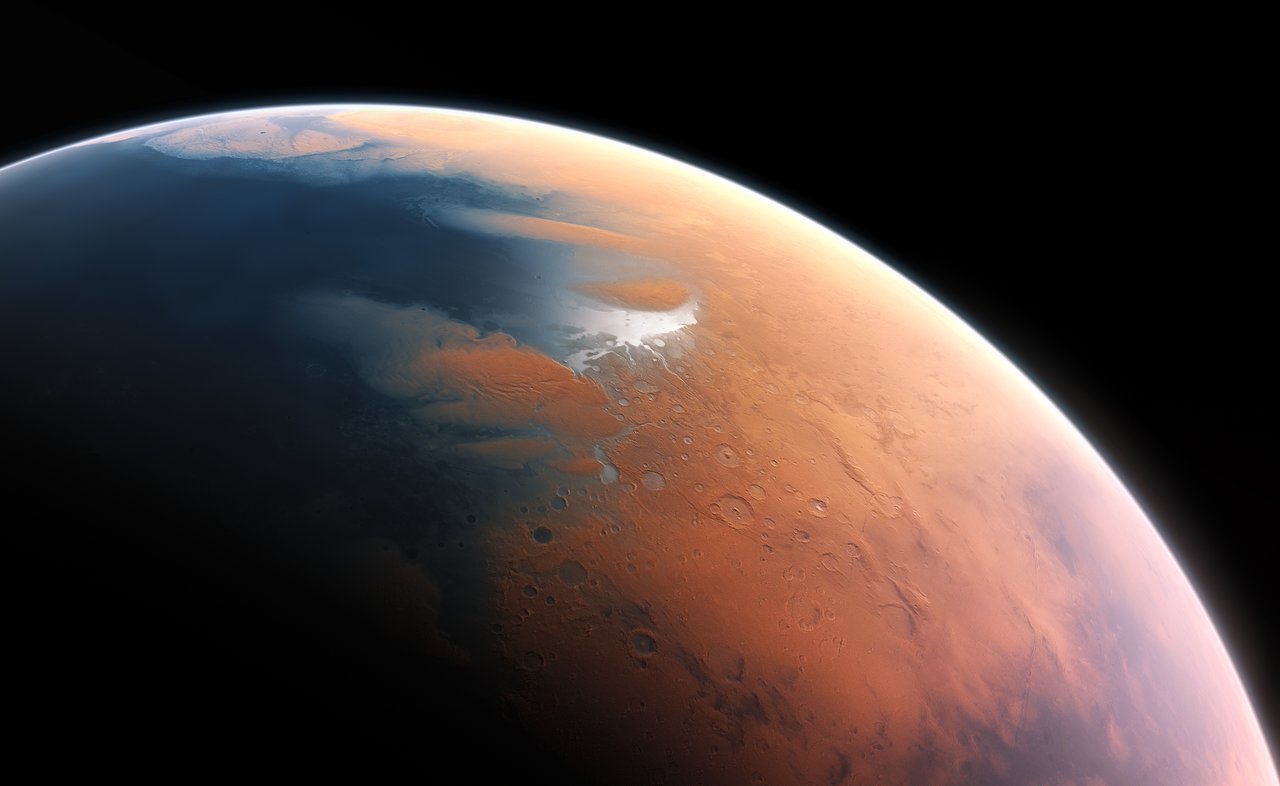We have studied the skies for centuries, but we have only found two objects known to come from another star system. The first interstellar object to be confirmed was 1I/2017 U1, more commonly known as ?Oumuamua. It was discovered with the Panoramic Survey Telescope and Rapid Response System (Pan-STARRS) and stood out because of its large proper motion. Because ?Oumuamua swept through the inner solar system, it was relatively easy to distinguish. The second interstellar object, 2I/Borisov, stood out because it entered the inner solar system from well above the orbital plane. But while we have only discovered two alien visitors so far, astronomers think interstellar objects are common. It’s estimated that several of them visit our solar system each year, and there may be thousands within the orbit of Neptune on any given day. They just don’t stand out, so we don’t notice them. But that could soon change.
Continue reading “Interstellar Objects Can't Hide From Vera Rubin”










